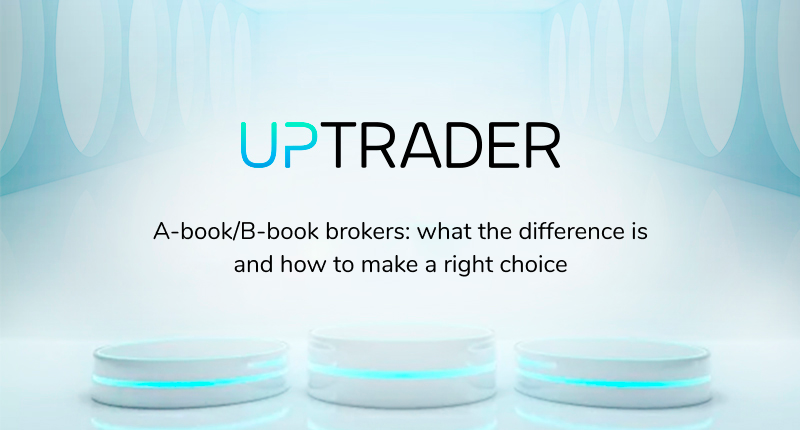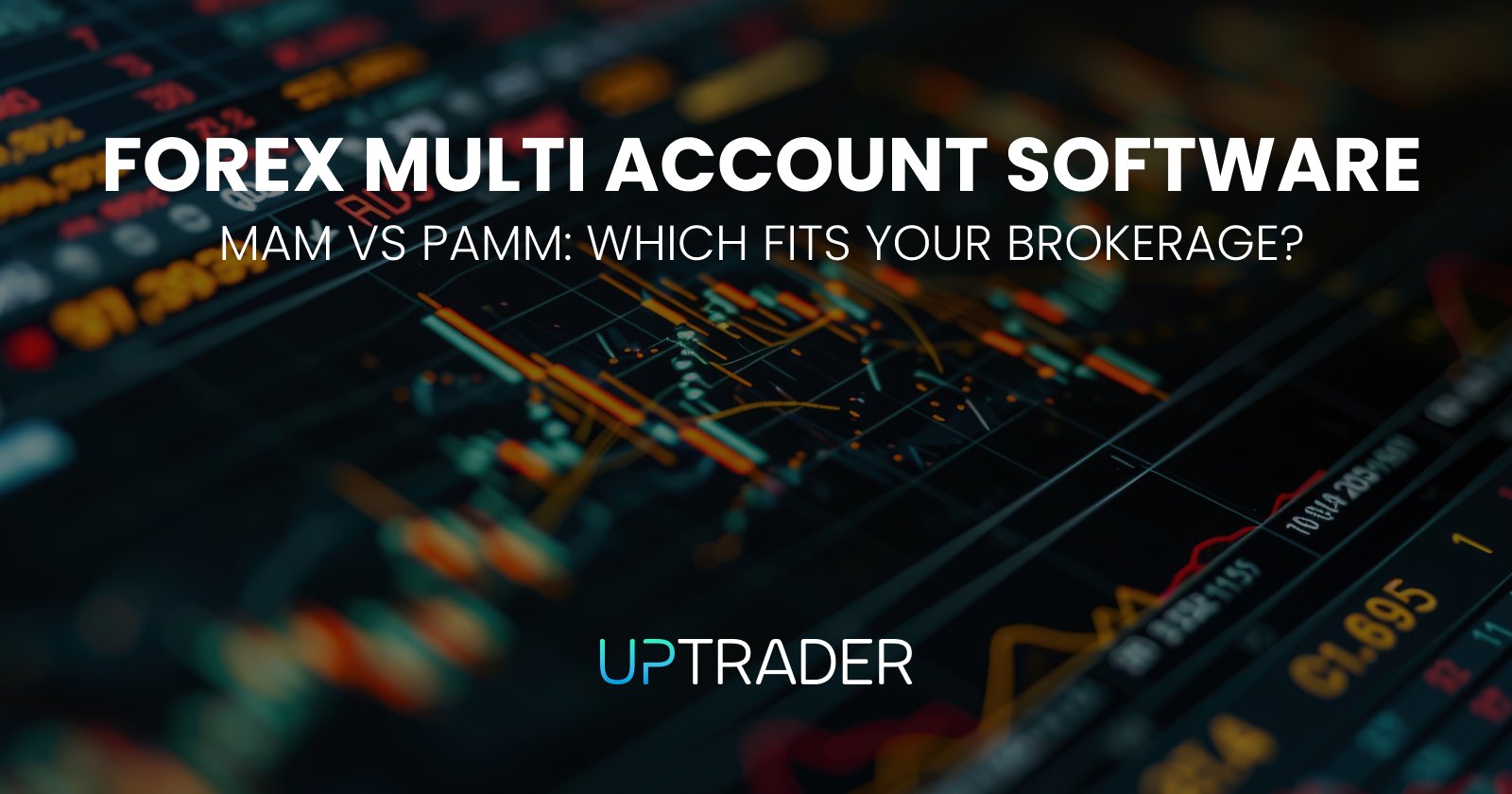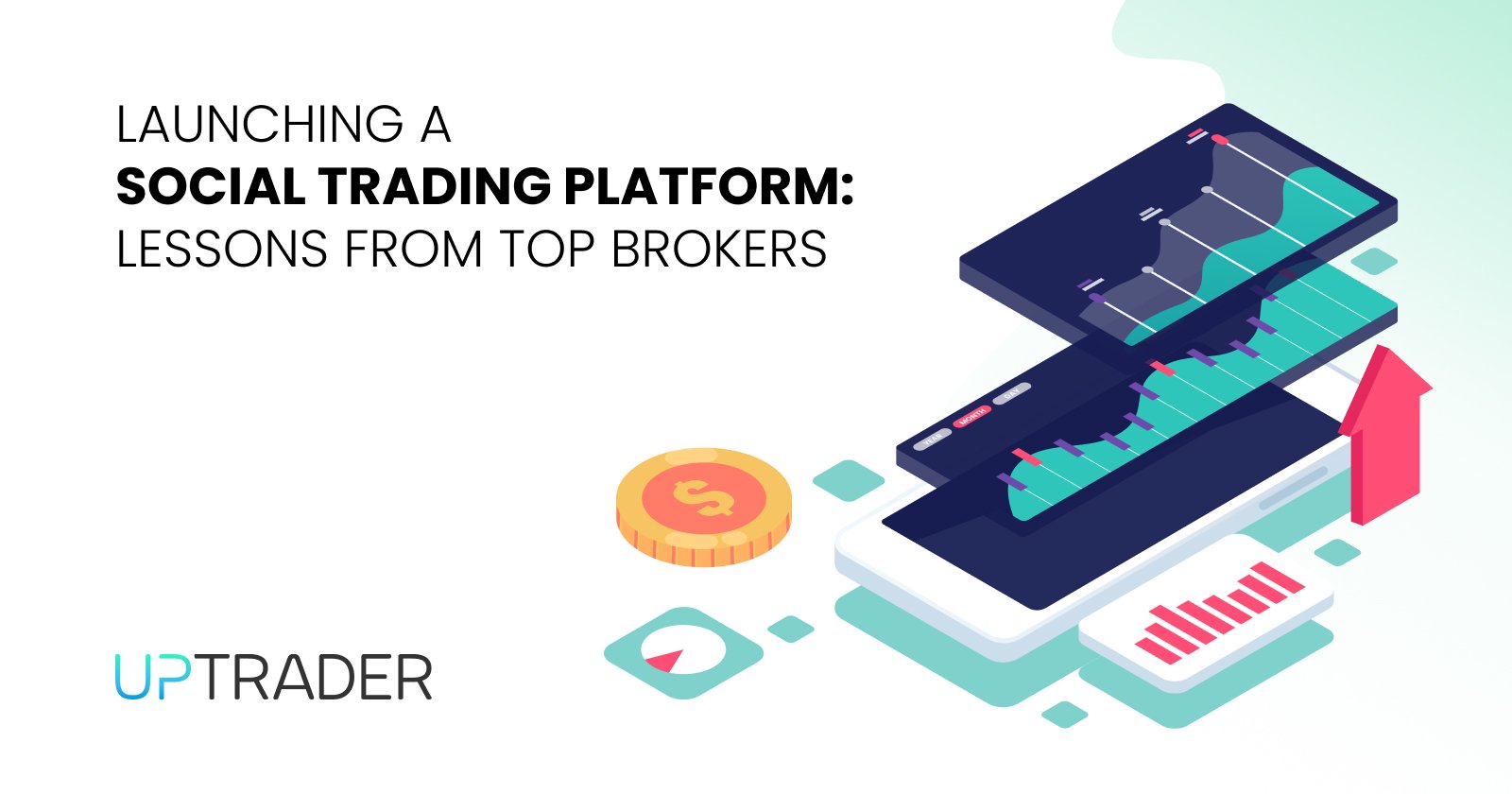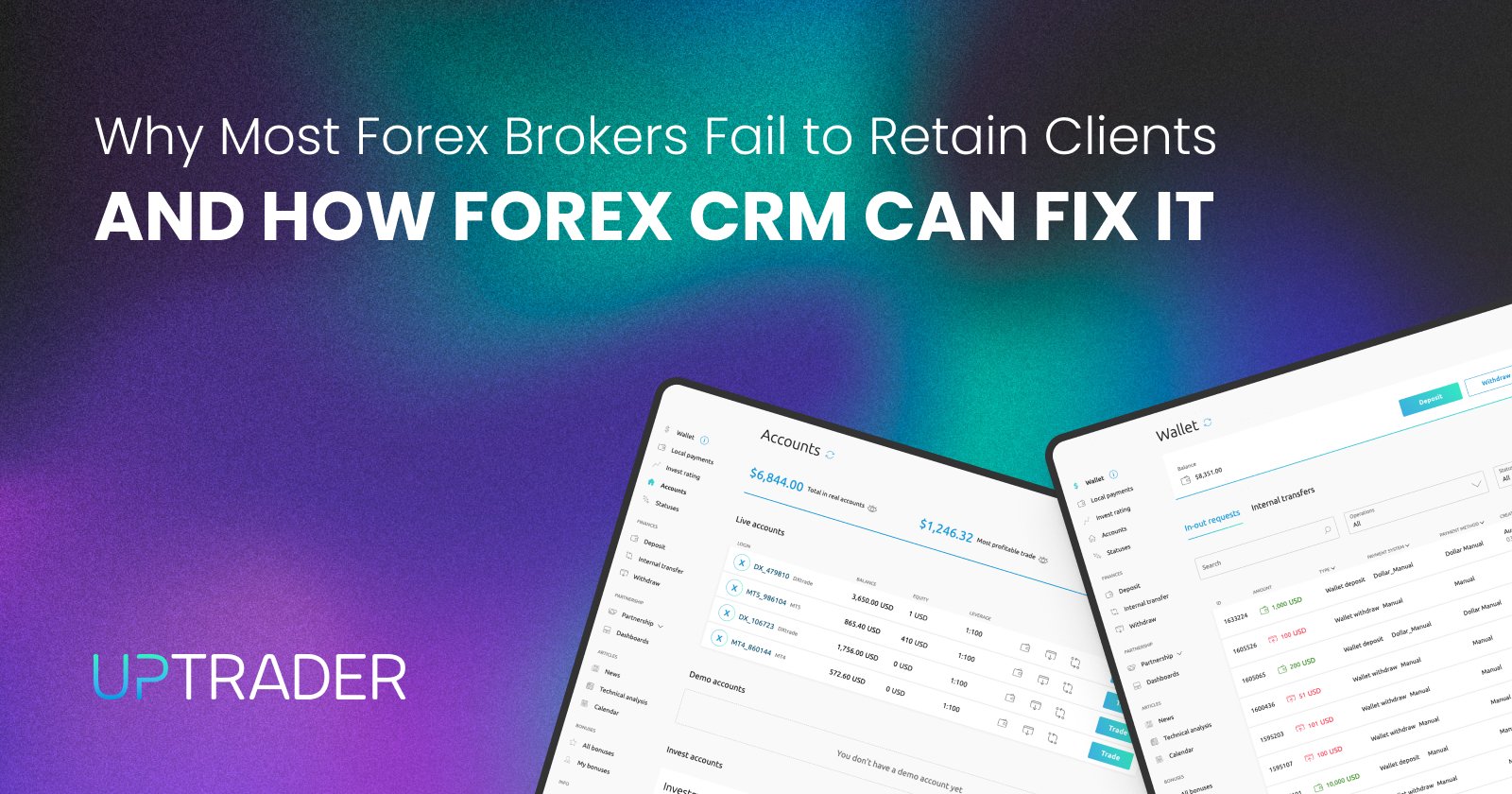A-book/B-book brokers: what the difference is and how to make a right choice

Share this publication:
Have you ever faced the forex A-book/B-book risk models while choosing a broker for trading? Or maybe you've wondered which of these models to choose for your own brokerage business? What kind of concepts are these? Who is a forex market maker? And how much do forex brokers earn? Let's figure out!
From the trader's point of view, forex trading looks relatively simple: you just need to press the button to open an order and see a confirmation of the transaction on the screen. But how does it work? In order for a trader's deal to be executed, there must be a counterparty in the execution chain: if someone buys an asset, then someone must sell it.
There are two types of broker operating technologies - A-Book and B-Book models, which differ in the way client orders are brought to the market. Each of them has its own advantages and disadvantages.
Forex A-book model
A-Book model is the business model of a broker where all trader's orders are forwarded directly to the forex liquidity provider, who then redirects them to the interbank market.
A-Book broker gets commissions for a fixed volume of transactions (usually for 1 lot) or a spread markup. The broker in this scheme is only an intermediary providing financial services. The final counterparty is the traders placing opposite orders in the market, or a liquidity provider. This is the main advantage of the A-Book model - no conflicts of interests. The broker receives its commission irrespective of whether traders earn or lose their money. While perspectively both traders and the broker are interested in the successful trading. The more transactions traders make, the more commission their broker receives.
However, Forex is rarely that simple. A-Book model has its drawbacks both for traders and brokers. The broker needs to sign agreements with a liquidity provider (or with several of them), obtain licenses, provide technical support to bring client orders to the external market. It all costs time and money. Accordingly, the A-Book broker is forced to increase the mark-up to the spread to justify its costs.
Forex B-Book model
The B-Book model is a model, where the broker itself acts as a forex market maker, processing orders in house. In other words, traders' orders aren't displayed anywhere outside the broker's platform. There is no external liquidity pool. Obviously, a conflict of interest arises since the broker takes on not only the role of an intermediary, but also a counterparty. That's why the B-Book model is often wrongly associated with a fraud. In fact, Forex is unpredictable and the B-book model goes with both high profits and big losses.
The trader's earnings are equal to the broker’s losses. Therefore, dishonest brokers may be interested in setting non-market quotes in the terminal, spying on the set client stops and knocking them down with plugins in the server side of the platform to make the trader lose money. Unfortunately, there are many such “bucket shop” brokerage companies, but we won't dwell on this — we analyze forex brokers, not scammers.
If the broker behaves this way, it signs its own death warrant. Deceived clients won't remain silent and surely destroy the broker's reputation, which is actually a key for successful operating in Forex. It is long-term cooperation that rules the show.
Hybrid model
To avoid the shortcomings of the A-Book and B-Book schemes, brokers came up with a hybrid model. This is one of the most frequent options among large brokers. Hybrid model means that the broker executes small transactions within its platform, while large transactions can be withdrawn to the liquidity provider and then to the interbank.
This model is an optimal solution for both brokers and traders, but a tricky one. The main headache for broker is to categorize traders properly. That’s where a special software comes into a play, tracking the amount of a trader’s deposit, the leverage used, the risk level of each transaction, the use or non-use of protective stops. All this data helps the broker to determine which of the 2 models (A-Book or B-Book) to use for executing an order.
Сomparison of A-Book and B-Book brokers' profitability
Perhaps after reading all the information above, you have a logical question: which broker earns more A-Book or B-Book one? Which model should I personally choose for my business to reduce my brokerage risks? There is no definite answer to this question. It all depends.
Statistically, the profit of an A-Book forex broker is less, but more stable. It is well known that 80-95% of traders lose their initial deposit within 6 months, which plays into the hands of the Forex B-book broker. But don't forget about unforeseen circumstances that regularly occur and make B-book brokers suffer huge losses, often for many months in a row.
We conclude that none of the schemes can be a panacea for losses. You must decide which business model to choose for you, depending on your business plans and strategies. The same goes for traders who choose their broker. Everything is very individual.
Neither A-Book nor B-Book model guarantees a successful business or a profitable trade. These models are just tools for doing business, and your personal benefit depends only on how professional you can use these tools.
Forex trading provides you with unlimited opportunities for success and financial well-being, if you approach running your business responsibly, acquire patience and use business models that are suitable exact for your purposes.
Interested in forex A-book, B-book? Read an interview with Vasily Alexeev for Forbes.







